-
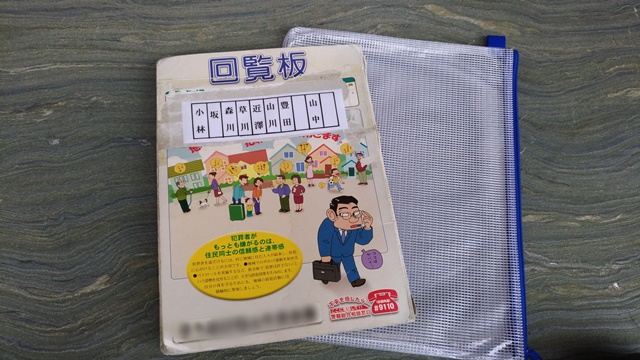
-
What Is Kairan-ban? Japan’s Traditional Neighborhood Circulation Board
Did you know that many Japanese neighborhoods still use a paper board to share news?It’s called Kairan-ban, and instead of email or group chats, it literally gets passed from house to house. From festival announcements to warnings about wild monkeys, this old-school system shows how Japanese communities stay connected in their own unique way. A Paper-Based System Still Alive in Modern Japan Even in today’s digital age of smartphones and instant messaging, one analogue communication tool is still widely used in Japanese neighborhoods.It is called “Kairan-ban” (literally, “circulation board”). The Kairan-ban is a clipboard or folder that circulates from house ...
-
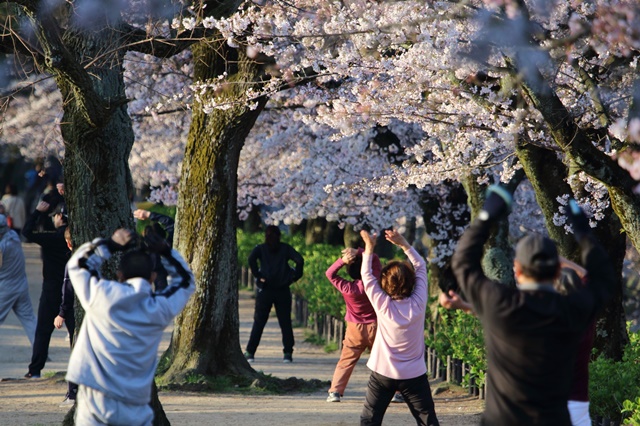
-
Radio Taiso: Japan’s Morning Exercise for Everyone
There is a certain exercise that every Japanese person knows — Radio Taiso (literally “radio exercise”). It’s a short, rhythmic workout that has been part of Japanese life for nearly a century. The Beginning of Radio Taiso Radio Taiso was first introduced in 1928, inspired by similar fitness programs from the United States. Since then, it has become a familiar routine taught in every Japanese elementary school. The exercises are performed to piano music and verbal instructions broadcast by Japan’s national radio station, NHK. The goal is simple: to promote good health, flexibility, and a sense of unity among ...
-
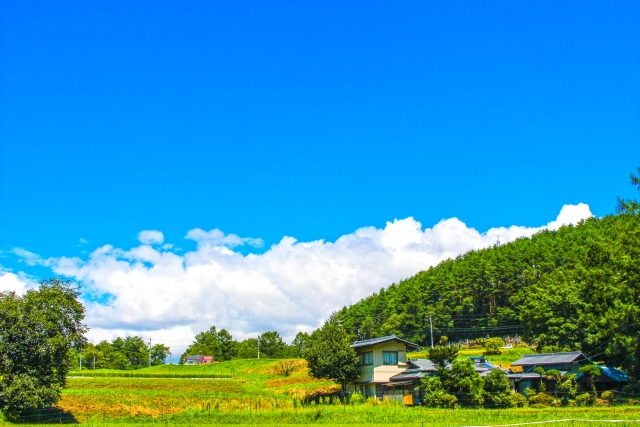
-
How eagerly I have been waiting for Summer holiday!
Every school kids are looking forward to the summer vacation. The summer vacation is the longest school holiday, though in fact the regions where people experience heavy snow or tough coldness, winter vacation is the major holiday of the year and the summer vacation is just transient. However, summer vacation must be the most active and awaited holidays for everyone as it is the best season to visit the sea and mountains! In Tokyo region, for example, it starts from around 20th July until the end of August For compulsory education students – primary and junior high school – there ...
-
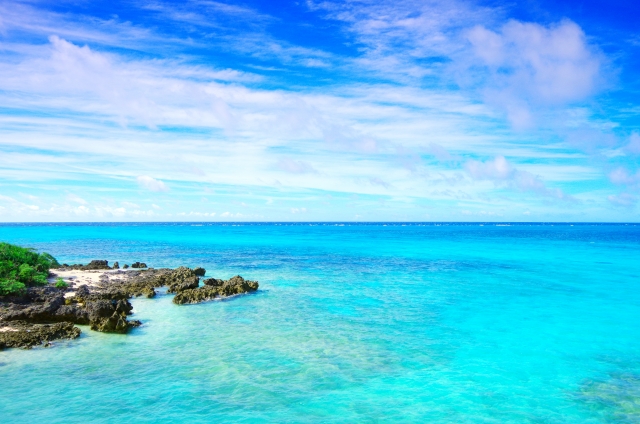
-
Japan summer is Hot and Humid! I highly recommend you to go to Beach resort.
Every coast region have some beach resorts of which they are proud. The announcement of the termination of the rainy season is the notice of the arrival of the summer. People flock to the sunny beaches with families and friends. They enjoy dipping themselves into the sea water, sunbathing or play some beach sports. Umi-no-ie The beach side will be filled with temporary cottages called ‘Umi-no-ie’ (beach house) Umi-no-ie provides various services for visitors to satisfy every kind of needs they would wish to have; shower and bathrooms, space to relax, and serves drinks and light meals. They are ...
-
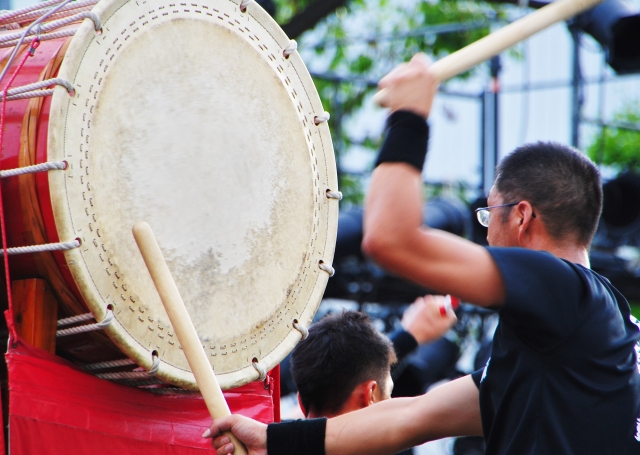
-
If you love festivals, you should go to Japan in summer
Summer festival -Natsu-matsuri in Japanese - is one of the largest events in each community. Some of them are so prominent that attract a flock of visitors and tourists, even from abroad. But in fact, almost every local community holds their own summer festival. So just imagine thousands of summer festivals are happening throughout the season, throughout Japan. Such local-based Natsu-matsuri is a great opportunity for reconnection among the neighbours; people are too busy with each body’s activities - a person who lives in your next door doesn’t mean you can catch often. But the day of the Natsu-matsuri ...
-
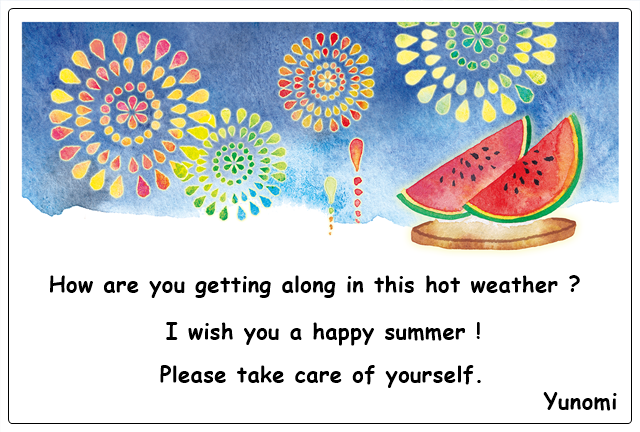
-
How about trying to send Shochu-mimai in summer in Japan?
In the age of internet, sending a physical postcard seems to be outmoded. But the fashion still persists with some nostalgia. There is one greeting card specific for the middle of summer. ‘Shochu-mimai’ greeting card is the postcard exchanged in the mid-summer The main purpose is to share the sympathy in enduring the consecutive days of harsh heat and remind the recipient to take good care of him/herself. Actually, there is a great deal of potential risk for heat stroke in recent years, and basically there’s high risk for food poisoning and loss of appetite in summer. ...
-

-
At school in Japan We will teach swimming from elementary school.
wimming lesson seems to be set as one of the crucial parts of the education in Japan. Every school usually is equipped with a swimming pool, and kindergarten will not complete their time-table without giving children a dip during the mid-summer Learning swimming at swimming club is one of the most popular activities that parents arrange for their small children, often for health purpose, as many parents claim that the children became tougher against cold after starting swimming lessons. Swimming in school curriculum starts in June in Kanto region. It is still in the middle of annual rainy season so ...
-
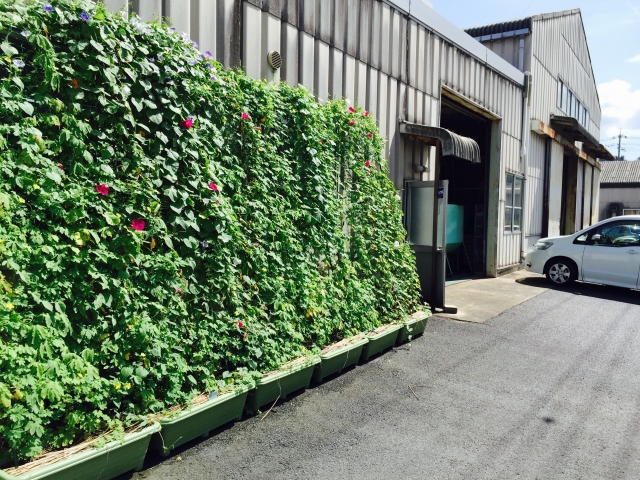
-
Summer in Japan is too hot! Let's set Green curtains
During the summer, people are keen to grow climbing plants such as morning glory and bitter guard most commonly, by the windows of houses or public buildings. Windows will eventually get covered all over with the ‘Green Curtain’. This is a very practical idea. Not only the green coverage produces cool breezy shades against the sun but furthermore, the transpiration from the plants will actually reduce the temperature of nearby area. It also contributes to the reduction of CO2. This idea is not a new. But it has grown as much mainstream event in recent years along with the rise ...
-
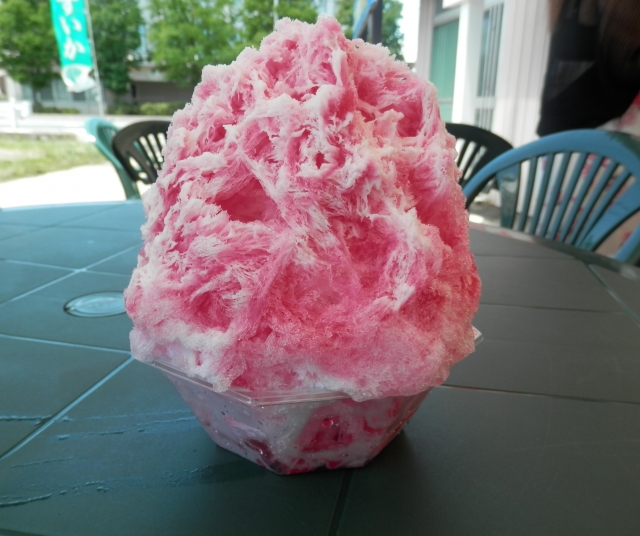
-
Kakigouri: Japanese style shaved ice
There is a wonderful treat perfectly fulfil your need of refreshment in extremely hot and highly humid summer in Japan. ‘Kakigouri’ is only a heap of shaved ice cubes yet it’s amazingly enjoyable. It is made of a large ice cube of pure water with no additions, only to shave like snowflakes it becomes a special treat in deed. Since it’s easy to melt for its delicacy, it is laden onto a bowl to the fullest yet it’s easy to eat up because they are very light. Over the heap of shaved ice, any syrup of your choice will be ...
-
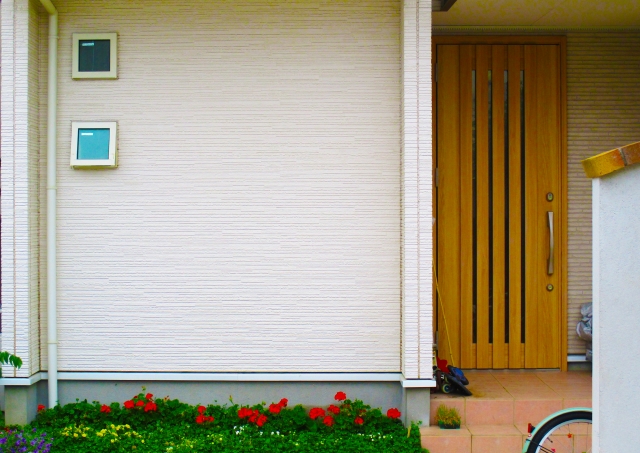
-
CO-OP: You are just waiting! Japanese grocery delivery service
‘Seikyo’ which is known as Consumers' co-operative is largely popular and common system among Japanese to enrol in all over the country. You may see boxes of foods and groceries placed at the entrance of houses or apartments on certain time and date. They are delivered to the members of the Seikyo, which is familiar with the name ‘CO-OP’, upon their orders. The system is like this member will place their orders weekly, choosing items from paper catalogue or via internet and receive the order on their specific date of the week. You may like to have a private delivery ...
